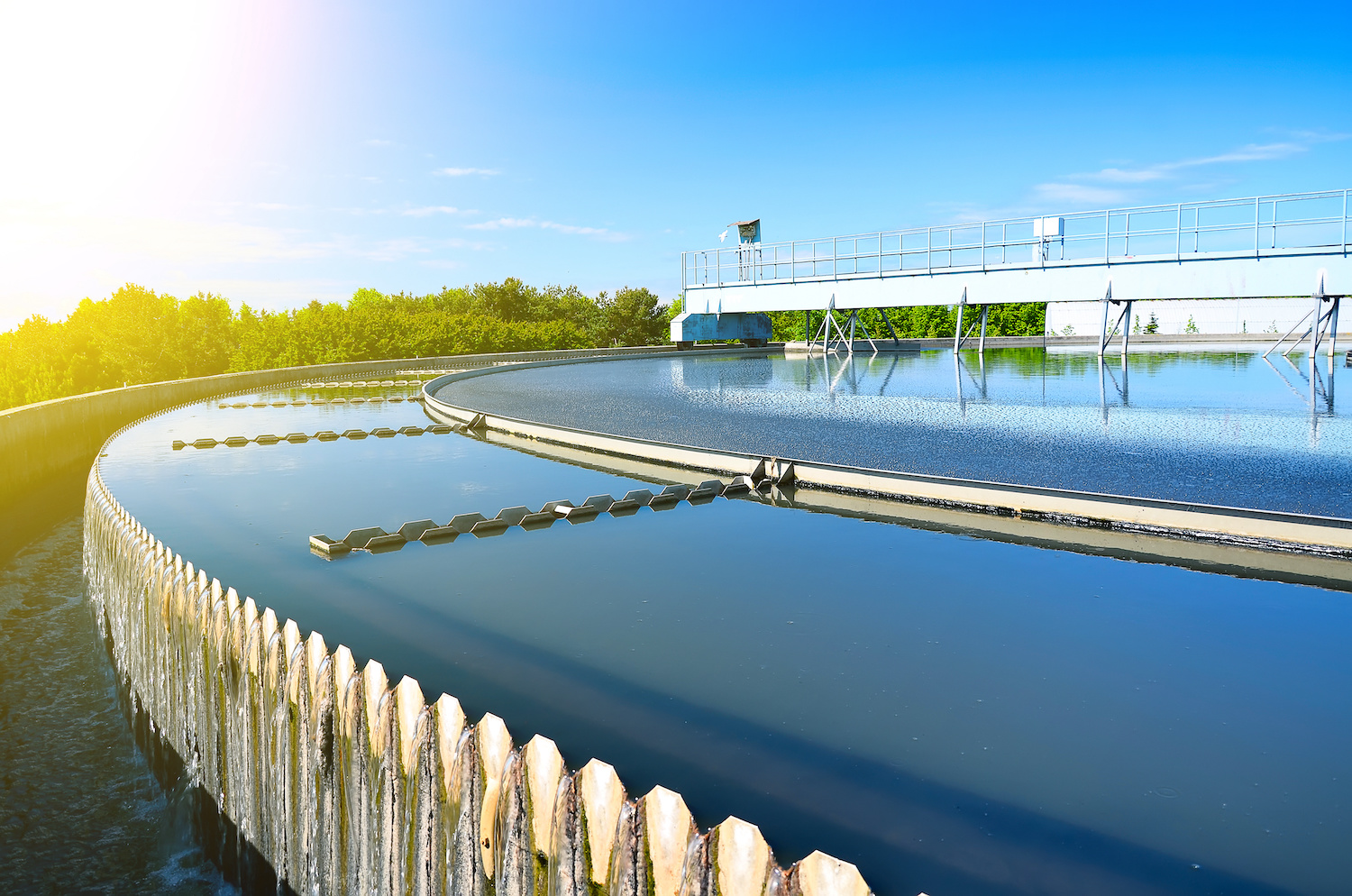A strong performance on innovation has put Northumbrian Water at the top of the annual Water Company Performance Survey carried out by British Water.
Key findings from the 2022 survey include:
- Northumbrian Water rises to first place, with Southern Water and Northern Ireland Water dropping to joint last
- Health and safety, quality assurance and environmental policies were the highest scoring areas
- Innovation scores continue to be low across the sector, despite increased investment
British Water‘s annual UK Water Company Performance Survey asks contractors, consultants and suppliers to rate their clients’ performance in 11 areas, including innovation, professionalism, contractual approach and procurement. The 2022 survey featured streamlined questions and the addition of four water-only companies for the first time. This year has seen a number of changes to the ranking, compared to last year’s survey. Northumbrian took the first position – up from fifth last year, with Anglian Water in second.
Wessex Water saw the biggest fall, moving from first to eighth position. Northern Ireland dropped to the eleventh position from third last year, with Southern Water dropping from eighth to joint eleventh. Scottish Water and United Utilities remained stable in third and fifth positions respectively.
Reflecting on the high scores of Northumbrian Water and Anglian Water, British Water’s head of programmes Dr Mar Batista commented that both organisations appear to have worked hard to embrace innovation across the business and strive to “get people in a room” through their innovation offerings such as the Northumbrian Innovation Festival and Anglian Water’s Innovation Network.
“It is important that we build on the innovation portals available across the sector to a culture of innovation across the industry. Innovation needs time commitment, people to be onboard and trust to be developed and that is easier to achieve when people and companies get to know each other and how they work,” said Batista.
Innovation can sometimes be adopted in a transactional way with water company representatives using the solutions that they may be more comfortable with or because something is needed urgently. This can create a narrow route and specific outcomes with regard to innovation.
“Supply chain companies will tend to want to work with businesses that are welcoming and with capacity for innovation, so innovation is more likely to happen when businesses and people are aligned,” she added.
Delivery of projects whether standard or innovative is difficult to achieve if the involved parties are rigid or work in isolation, explained Batista. Bringing together all parties is more likely to result in a good outcome for everyone – as they can all benefit from success or equally share the risk proportionally.
Long term collaboration beyond a project or five-year regulatory asset management period (AMP) can also produce more capacity as it takes a lot of effort and resource to get new relationships and collaboration off the ground.
Looking towards AMP8, which runs from 2025 to 2030 water companies are aware of the expectations coming through from Ofwat and the public with regard to affordability, environmental pollution and climate change. This is going to have an impact of the volume of work required in the sector which will grow significantly.
Batista said, “Building strong, trusted relationships and spreading spend is essential to allow businesses to grow and meet the demands going forward. The water sector will no doubt continue to modernise through collecting and understanding data, and using new technologies which are integrated into the existing legacy equipment and processes.”
British Water’s annual survey was first undertaken in early 2003, in response to companies asking for feedback on how they were viewed by the industry supply chain, and how they were seen to compare with others. The survey seeks views of individuals working in the industry rather than a corporate standpoint.
The survey reflects a variety of opinions across the supply chain at every level of business. This range of views provides valuable insights for the industry into how water companies interact with their supply chain, how the supply chain feels about this, and the progress water utilities have made over the years.







